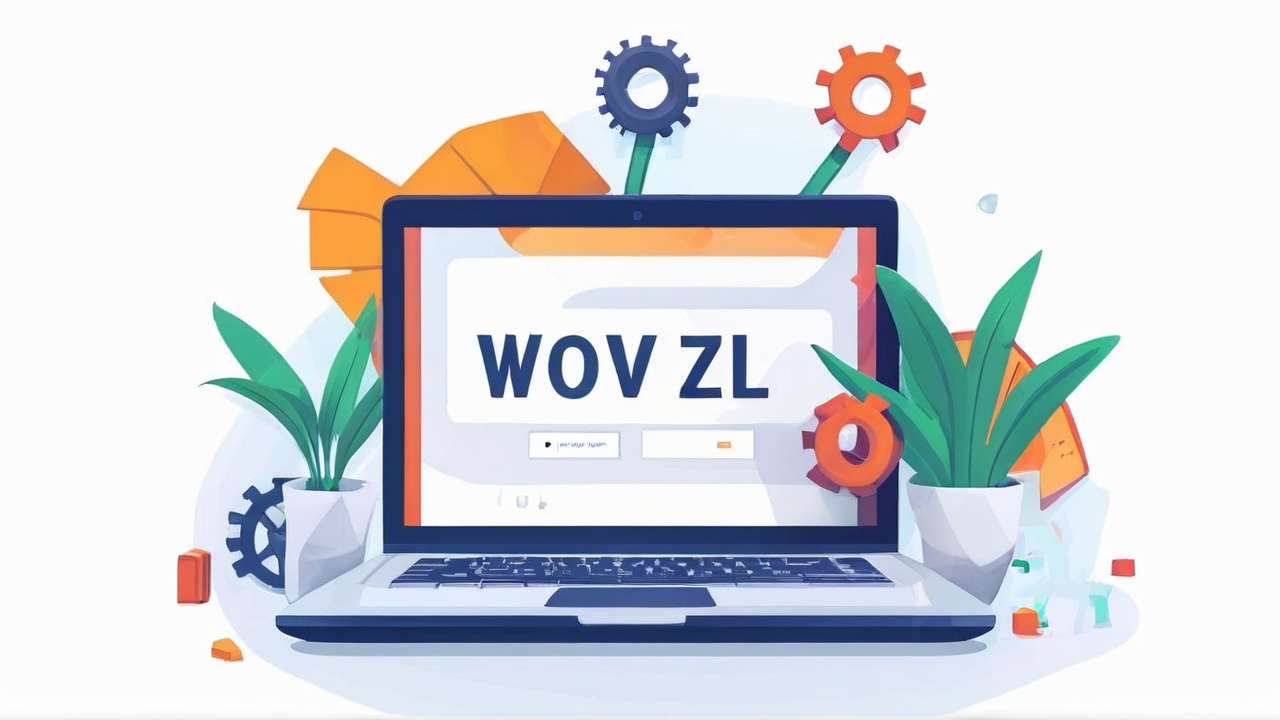In today’s rapidly evolving tech landscape, software developers and engineers are continually seeking tools that can optimize their workflow and boost productivity. One such tool is the Wowza Gradle Plugin, a powerful tool designed to streamline the development process when working with Wowza Streaming Engine projects. This plugin allows engineers to automate build processes, manage dependencies, and ensure smoother integration with Wowza-based applications. In this article, we will explore how to maximize effectiveness with the Wowza Gradle Plugin and highlight best practices that every engineer should follow.
What is the Wowza Gradle Plugin?
The Wowza Gradle Plugin is an open-source build automation tool that simplifies the development of applications for the Wowza Streaming Engine. Gradle itself is a widely used build system, and the Wowza plugin extends its functionality to handle Wowza-specific tasks such as creating modules, deploying applications, and managing dependencies related to Wowza. The plugin integrates seamlessly with existing Gradle-based projects, making it easy to incorporate Wowza features into an engineer’s current workflow.
Best Practices for Utilizing the Wowza Gradle Plugin
1. Organizing Your Project Structure
One of the essential moves toward working on the proficiency of any improvement project is putting together your venture structure. When using the Wowza Gradle Plugin, it’s essential to maintain a clean and logical project layout. This ensures that your codebase remains easy to navigate and that your build scripts are efficient.
Start by organizing your Wowza modules in a clear directory structure. For example, separate configuration files, dependencies, and source code into distinct folders. This organization helps when scaling the project and ensures that engineers can easily collaborate without confusion.
2. Automating Build Processes
A key benefit of using the Wowza Gradle Plugin is its ability to automate tedious build processes. Engineers should take full advantage of this feature by setting up automated build scripts that compile, package, and deploy Wowza applications with minimal manual intervention.
You can create custom Gradle tasks to handle specific steps in your build process, such as compiling Java code, copying configuration files, and deploying applications to a Wowza server. This reduces human error, speeds up development time, and ensures that the deployment process is consistent across environments.
3. Managing Dependencies Efficiently
Effective dependency management is essential for any project, and the Wowza Gradle Plugin provides tools to help engineers manage their project dependencies. Gradle allows you to define external libraries and modules required by your Wowza application, ensuring that they are downloaded and included in your project automatically.
Best practices in dependency management include defining dependencies in the build.gradle file and keeping your dependency versions up to date. Avoid hardcoding dependency versions across multiple files. Instead, centralize dependency versioning to make upgrades easier and reduce potential conflicts between different versions of libraries.
4. Utilizing Gradle Caching
Gradle’s caching mechanism is one of the most powerful features for speeding up build times. By leveraging Gradle’s build cache, engineers can avoid redundant work, such as recompiling or re-downloading files that haven’t changed. When the cache is properly configured, Gradle will store build artifacts and reuse them when it detects that no changes have been made.
To maximize efficiency with Wowza projects, ensure that Gradle’s cache is enabled and configured correctly in your gradle.properties file. This can significantly reduce build times, especially in large projects with multiple dependencies.
5. Integrating with Continuous Integration (CI) Tools
Continuous Integration (CI) is a cornerstone of modern software development, and the Wowza Gradle Plugin integrates smoothly with popular CI tools such as Jenkins, Travis CI, and CircleCI. By setting up automated CI pipelines, you can trigger builds, run tests, and deploy your Wowza applications automatically when code is committed.
Best practices for integrating the Wowza Gradle Plugin with CI tools include:
- Configuring automated builds to run on every code commit.
- Setting up unit and integration tests that run within the CI pipeline.
- Automating deployment to a testing environment for validation before production deployment.
This robotization guarantees that your codebase stays steady and that specialists get quick criticism on the condition of their application.
6. Implementing Unit and Integration Tests
Testing is crucial for ensuring the reliability and stability of your Wowza applications. With the Wowza Gradle Plugin, you can easily integrate unit and integration tests into your development workflow. Gradle’s built-in testing capabilities allow engineers to define test tasks that automatically run during the build process.
By writing comprehensive tests and running them regularly, you can catch bugs early in the development process and ensure that changes to the codebase do not introduce new issues. Engineers should set up both unit tests for individual modules and integration tests to verify that different components work together as expected.
Conclusion
The Wowza Gradle Plugin offers engineers a range of powerful tools to streamline development and improve efficiency when working with Wowza Streaming Engine projects. By following best practices such as organizing your project structure, automating build processes, managing dependencies, and integrating with CI tools, you can significantly enhance your development workflow.
By maximizing the capabilities of the Wowza Gradle Plugin, engineers can focus on writing high-quality code, ensuring smoother deployments, and delivering more reliable Wowza-based applications.




